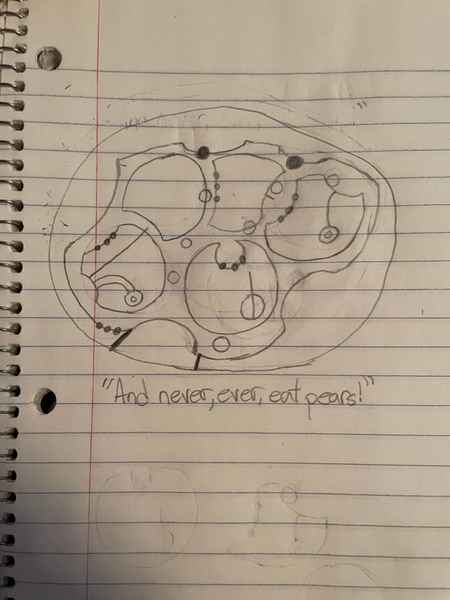- How do you know when to use past tense and present tense?
- How do you use past simple and past perfect?
- What is the past tense of go?
- How do you explain past tense verbs?
- How do you explain past perfect?
- How do you identify the simple past tense?
- Where do you place modals in a sentence?
- How do I find my modal auxiliary?
How do you know when to use past tense and present tense?
The past is used to describe things that have already happened (e.g., earlier in the day, yesterday, last week, three years ago). The present tense is used to describe things that are happening right now, or things that are continuous.
How do you use past simple and past perfect?
These two tenses are both used to talk about things that happened in the past. However we use past perfect to talk about something that happened before another action in the past, which is usually expressed by the past simple. For example: "I had already eaten my dinner when he called."
What is the past tense of go?
Went is the past tense of go. Gone is the past participle of go. If you aren't sure whether to use gone or went, remember that gone always needs an auxiliary verb before it (has, have, had, is, am, are, was, were, be), but went doesn't. I could have gone to the store yesterday.
How do you explain past tense verbs?
The past tense refers to event that have happened in the past. The basic way to form the past tense in English is to take the present tense of the word and add the suffix -ed. For example, to turn the verb "walk" into the past tense, add -ed to form "walked." .
How do you explain past perfect?
The past perfect, also called the pluperfect, is a verb tense used to talk about actions that were completed before some point in the past.
How do you identify the simple past tense?
Simple past tense verbs—also called past simple or preterite—show action that occurred and was completed at a particular time in the past. The simple past tense of regular verbs is marked by the ending -d or -ed. Irregular verbs have a variety of endings. The simple past is not accompanied by helping verbs.
Where do you place modals in a sentence?
Modals come before any other auxiliary verb or main verb in the verb phrase. Modal verbs are followed by the base form of the verb if there is no other auxiliary verb present.
How do I find my modal auxiliary?
Modal auxiliary verbs include: can, could, may, might, must, ought, shall, should, will, and would. These verbs - which never change forms the way most other verbs do - indicate possibility, capability, necessity, or willingness. To show past tense, we add 'have' and a past participle to the modal auxiliary verb.
 Cryptohowtoeasy
Cryptohowtoeasy



